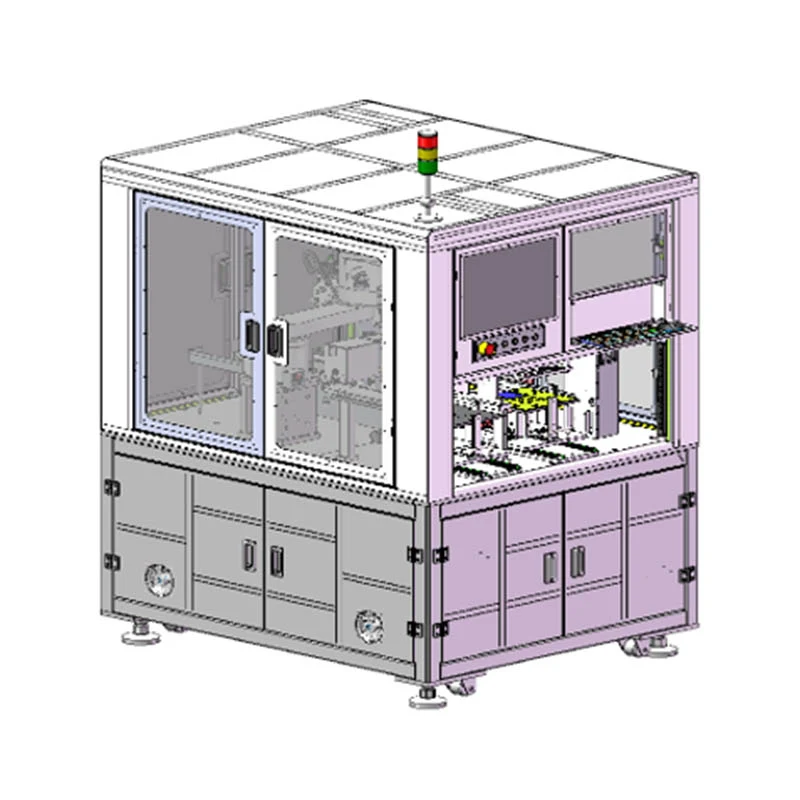Against the background of the rapid development of modern electronic equipment, the importance of electronic components has become increasingly prominent. Among them, MLCC (multilayer ceramic capacitor) has become a basic component in various circuit designs due to its advantages such as small size, large capacity and stable performance. So, what are the practical uses of MLCC? What role does it play in different fields? This article will deeply interpret the wide application of MLCC from multiple angles.
MLCC, the full name is Multilayer Ceramic Capacitor, that is, multilayer ceramic capacitor. It is composed of multiple layers of ceramic dielectrics and metal electrodes alternately superimposed and made by high-temperature sintering. MLCC has the characteristics of good high-frequency performance, low ESR and high reliability. It is one of the most widely used passive components in modern electronic circuits.

MLCC is almost everywhere in consumer electronic products such as smartphones, tablets, and laptops. It is used in multiple functional modules such as filtering, decoupling, coupling, and energy storage. For example, on the mobile phone motherboard, a high-end smartphone may contain hundreds of MLCCs of different specifications to stabilize the chip operating voltage, suppress high-frequency interference and ensure the stability of data transmission.
With the development of automotive electronics and intelligence, the number of applications of MLCC in automobiles has increased significantly. Whether it is the power control module of electric vehicles or the engine control system, in-vehicle infotainment system, radar sensor and advanced driver assistance system (ADAS) of traditional vehicles, they are inseparable from the support of MLCC. Automotive-grade MLCC has the characteristics of high temperature resistance, vibration resistance and high reliability, and is a key component to ensure the long-term stable operation of automotive electronic systems.
In high-end fields such as industrial control, factory automation, and power equipment, MLCC is mainly used for high-frequency filtering, EMI suppression, voltage stability and other links. Especially in equipment such as inverters, servo systems, and PLC controllers that have strict requirements on signal stability and anti-interference capabilities, MLCC ensures smooth operation of the system through its excellent dielectric properties.
In communication equipment such as 5G base stations, routers, and communication terminals, MLCC is widely used for signal transmission, RF circuits, and power system stability. High-frequency and high-Q MLCC can effectively suppress interference and improve the overall communication quality and response speed of the equipment. With the development of 5G and the Internet of Things, the demand for high-performance MLCC will continue to grow.
The application prospects of MLCC in medical equipment and wearable technology
High-end medical equipment such as electrocardiographs, ventilators, and CT machines have extremely high requirements for power supply stability and signal accuracy. MLCC plays a key role in voltage decoupling, filtering, and energy compensation in these devices. In addition, with the rising demand for wearable devices (such as smart watches and health monitoring bracelets), miniaturized and high-capacity MLCCs have become irreplaceable core components.
Whether it is a daily smartphone, an advanced new energy vehicle, or a high-end industrial and medical device, MLCC plays a key role in the stable operation of the circuit. Although it is small in size, it plays a huge role and is an important cornerstone to support the performance improvement and technological innovation of modern electronic products.
With the continuous growth of industries such as 5G, artificial intelligence, Internet of Vehicles, and new energy, the demand for MLCC will further expand. We will continue to pay attention to market development trends, optimize product quality, and provide customers with MLCC solutions with higher reliability and higher performance.
